Renowned Speakers
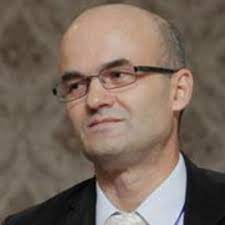
Ionel I. Mangalagiu
Al. I. Cuza University of Iasi Romania
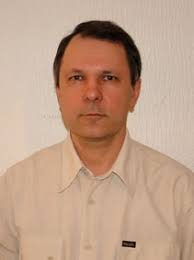
Igor F. Perepichka
Bangor University UK
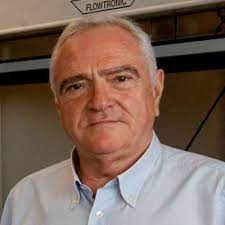
Miguel Yus
University of Alicante, Spain Spain
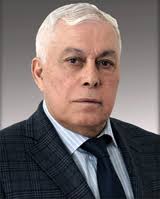
Tofik Nagiev
Vice President, National Academy of Sciences of Azerbaijan, Azerbaijan Azerbaijan
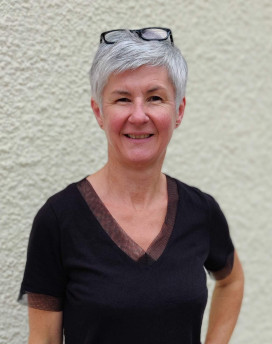
Sandrine Piguel
Bio CIS University Paris-Sac lay, Chatenay Malabry, France France
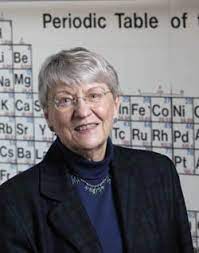
Madeleine M Joullie
University of Pennsylvania, USA USA

Edwin G Moore
University of Illinois Urbana USA

Barry A. Bunin
Collaborative Drug Discovery USA
Recommended Global Healthcare Management Webinars & Conferences
Asia Pacific & Middle East
Canada
organic 2026
To Collaborate Scientific Professionals around the World
Conference Date July 27-28, 2026
For Sponsors & Exhibitors
Speaker Opportunity
Useful Links
Past Conference Report
Supported By
All accepted abstracts will be published in respective Conference Series International Journals.
Abstracts will be provided with Digital Object Identifier by
